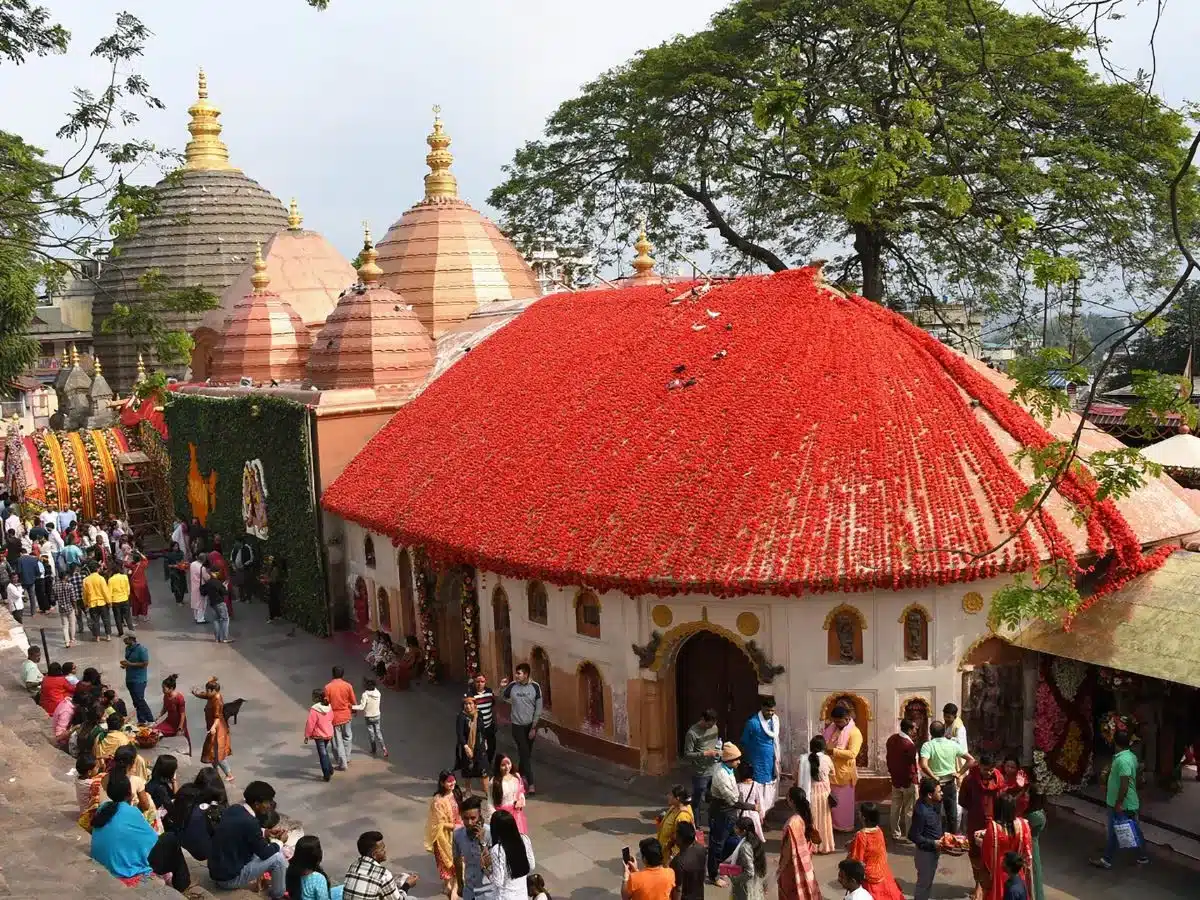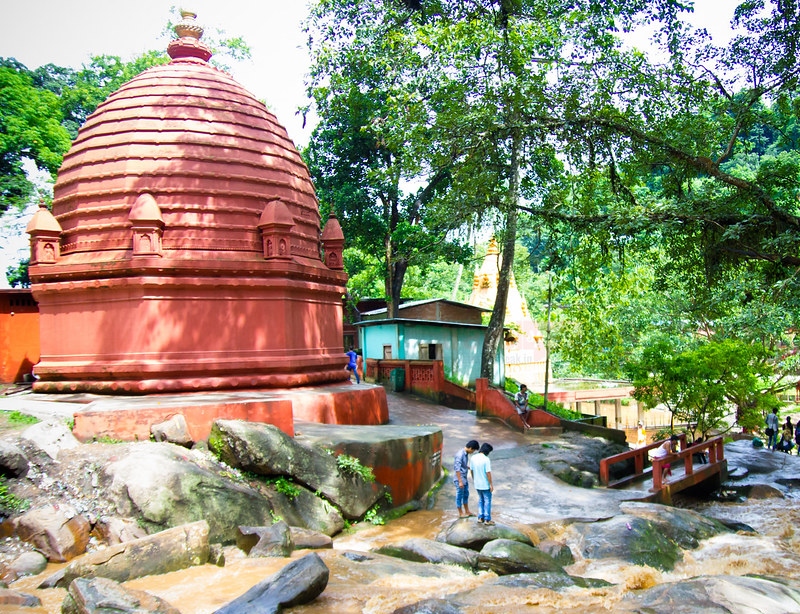Kareng Ghar: A Glimpse into Assam's Royal Heritage
Kareng Ghar, also known as The Royal Palace of the Ahom Kings, stands as a testament to the rich cultural and historical heritage of Assam. Situated in the town of Sivasagar, this architectural marvel offers a window into the opulence and grandeur of the Ahom dynasty, which ruled Assam for nearly 600 years. This blog delves into the historical significance, architectural brilliance, and the captivating stories that surround Kareng Ghar.
Historical Significance
Kareng Ghar was constructed by the Ahom King Rudra Singha in 1698. The Ahom dynasty, originally from present-day Thailand, established their kingdom in Assam in the 13th century. Over time, they developed a unique blend of architecture, culture, and governance. Kareng Ghar, also known as Garhgaon Palace, served as the royal residence and administrative center of the Ahom kings.

Architectural Brilliance
The architecture of Kareng Ghar is a fusion of indigenous and Mughal styles, reflecting the diverse influences that shaped the Ahom kingdom. The palace is a seven-storied structure, with the ground floor serving as the base and the top floors providing panoramic views of the surrounding landscape. The design of the palace incorporates strategic elements for defense, with narrow passages, secret tunnels, and fortified walls.

The Floors of Kareng Ghar
- Ground Floor: The base of the palace is built with thick walls and small windows, providing a strong foundation and protection against invasions.
- Second Floor: This floor housed the administrative offices and courtrooms where the king conducted his daily affairs.
- Third and Fourth Floors: These floors were used for residential purposes, with spacious rooms for the king and his family.
- Fifth and Sixth Floors: These floors were dedicated to leisure activities, with balconies and terraces offering breathtaking views.
- Seventh Floor: The topmost floor, known as the Baradari, was an open pavilion used for special occasions and royal ceremonies.

Intriguing Features
The Secret Tunnels
One of the most fascinating aspects of Kareng Ghar is the network of secret tunnels that were used by the royals to escape during times of attack. These tunnels connected the palace to other strategic locations, ensuring the safety of the king and his family.
The Underground Chambers
The palace also boasts underground chambers that were used for storing valuable items and as a refuge during conflicts. These chambers were ingeniously designed to remain cool during the scorching summers and warm during the cold winters.
The Legacy of the Ahom Kings
The Ahom kings were known for their administrative acumen, military prowess, and patronage of the arts. Under their rule, Assam witnessed a period of unprecedented prosperity and cultural development. Kareng Ghar stands as a symbol of this golden era, offering a glimpse into the lives and times of the Ahom royals.
Visiting Kareng Ghar
Kareng Ghar is a must-visit destination for history enthusiasts, architecture aficionados, and anyone interested in the rich cultural tapestry of Assam. The palace is open to the public, and guided tours are available to help visitors navigate the complex and learn about its historical significance. The nearby attractions in Sivasagar, such as the Rang Ghar, Talatal Ghar, and Sivasagar Sivadol, make it an ideal destination for a day trip or a weekend getaway.

Conclusion
Kareng Ghar is not just a palace; it is a living museum that narrates the glorious past of Assam and its rulers. The intricate architecture, fascinating features, and historical significance make it a captivating destination for anyone looking to explore the heritage of Assam. A visit to Kareng Ghar is a journey back in time, offering a unique perspective on the legacy of the Ahom dynasty and the rich cultural history of the region.
Plan your visit to Kareng Ghar with Explore Assam Tour Agency and immerse yourself in the royal grandeur of the Ahom kings.











